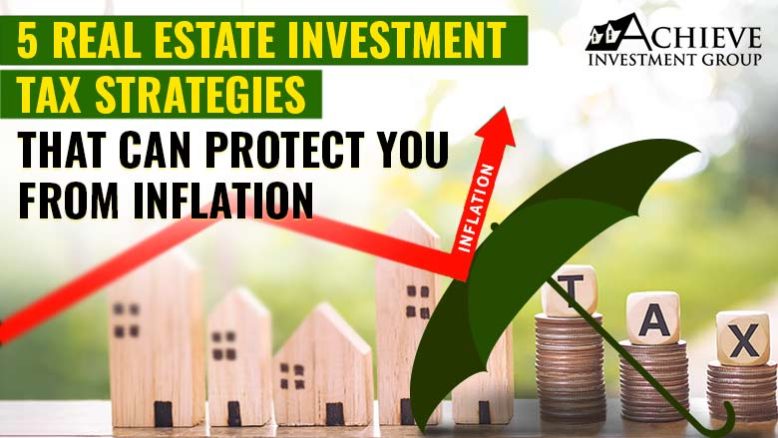How to Find a Mentor for Real Estate Investing
Mentors are a valuable resource for real estate investors. If you are new to the industry, finding someone willing and able to help can be challenging. For some people, real estate investing can be a bit intimidating. If you’re new to the game and don’t know what you’re doing, it can be tough to figure out where to start. Perhaps the best way to approach real estate investing is with the help of a mentor. A mentor will have been through the process before and can advise you on how to get started, what mistakes to avoid and how to succeed at your goals. What Is a Real Estate Mentor? A mentor is a professional who helps guide, advise and teach another person. They can come from many different areas of life and are generally someone who has been through it all before you. A real estate mentor is someone who has been in the industry for a while, has made their mistakes, and now wants to help others avoid making them too. They will know all of the ins and outs of the business because they have been around for a long time and experienced everything firsthand. A real estate mentor will help teach you how to invest in property, buy it for yourself, and sell it for profit. They will show you how to analyze properties, find good deals and make money on them once they are purchased. A real estate mentor can help you avoid common mistakes, keep you on track and provide guidance when things get tough. It’s important to remember that a mentor doesn’t have to be someone who has been investing in real estate for decades; they need to have experience in your particular niche of real estate investing. There Are Many Benefits of Having a Real Estate Mentor: Learning from their experience: The best way to learn about real estate investing is by doing it yourself. However, there will always be things that happen that you couldn’t possibly anticipate or prepare for when starting on your own. Having someone with years of experience in the industry can save you time and money by helping guide your decisions along the way. Avoiding mistakes: A mentor’s job isn’t just to teach; it’s also to protect their mentees’ interests by preventing them from making costly mistakes that could reduce their profits or even ruin their business altogether. Someone who knows what they’re doing can help keep things running smoothly without spending time figuring out solutions on your own! Is It Good Time To Invest In Real Estate? Identify the Real Estate Mentorship Program You Want Finding a mentor for real estate investing is one of the best ways to learn about the industry. A mentor will help you build your skillset and knowledge, which can help you be more successful in your business. The first step in finding a mentor is identifying the type of mentorship program you want. There are many different types of programs available, including: Individual Mentorships: These are one-on-one relationships where you have a specific person who will provide guidance and support throughout your journey into real estate investing. Online Courses and Community: These online courses offer mentorship opportunities through community forums and other resources. Online Forums: You may be able to find mentors who are willing to answer questions on forums like BiggerPockets or The Real Estate Forum. If they don’t already have their threads, they may be willing to answer questions through private messages (PMs). Online groups: Many online groups have forums where investors share advice and tips on how to succeed in real estate. These are great places to find mentors willing to answer questions or share their experiences. Books: The internet offers many free resources for real estate investing, but books will always be one of the best ways to learn about any topic. If you want to learn more about flipping houses or wholesaling properties, check out some of our favorite books on the subject below: Investment Opportunities For Accredited Investors Conclusion Real estate investing can be a great way to build wealth, but it requires a fair amount of experience and research. Luckily, a mentor or real estate investment club can help you learn about the market and make intelligent decisions. Of course, you’re guaranteed to make mistakes along the way, but with time, you’ll learn from your mistakes and grow exponentially. Join Us For A Daily 60-second Coffee Break Series For Passive Investing In Commercial Real Estate With James Kandasamy, The Best-selling Real Estate Author And Mentor.










